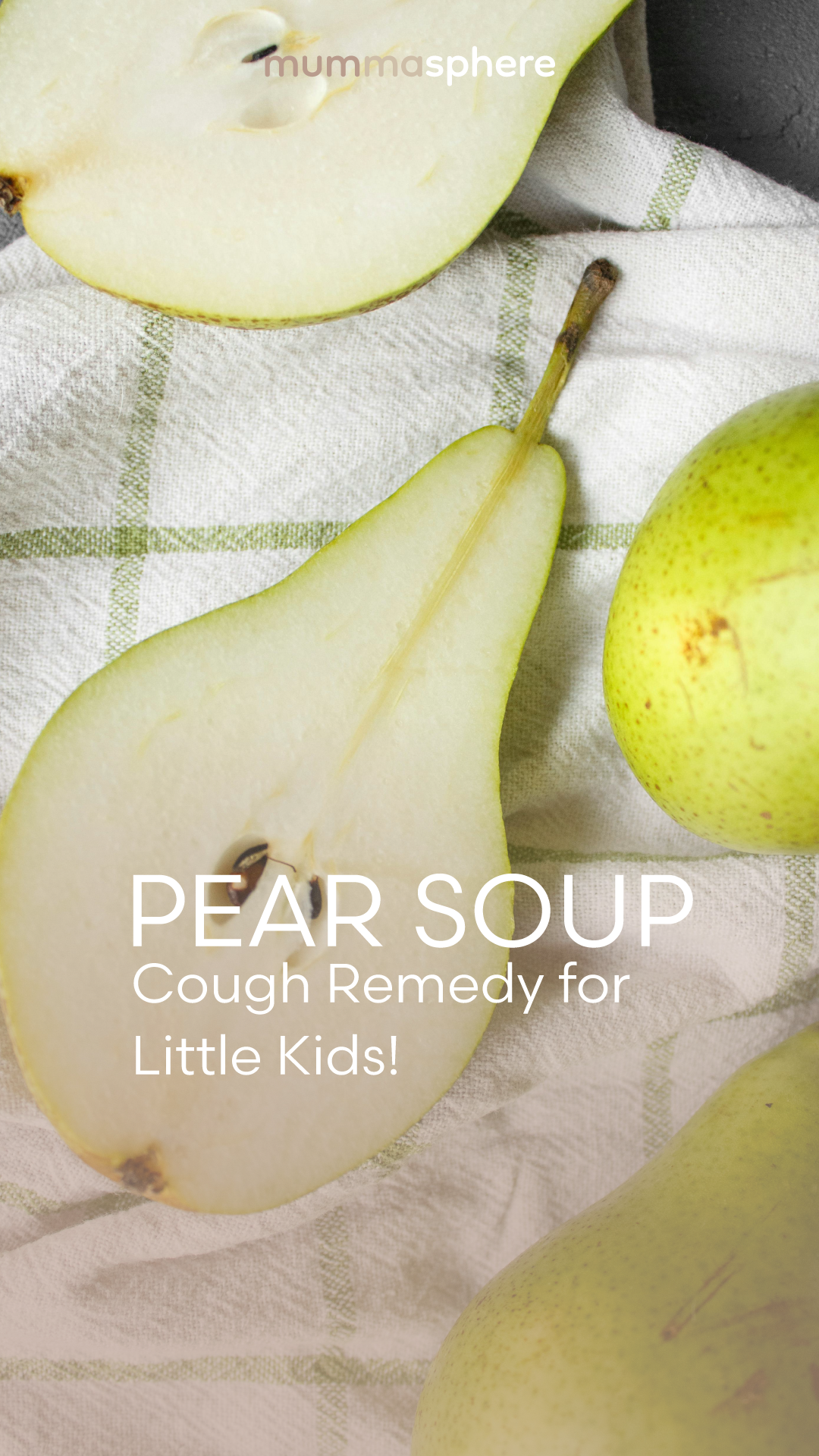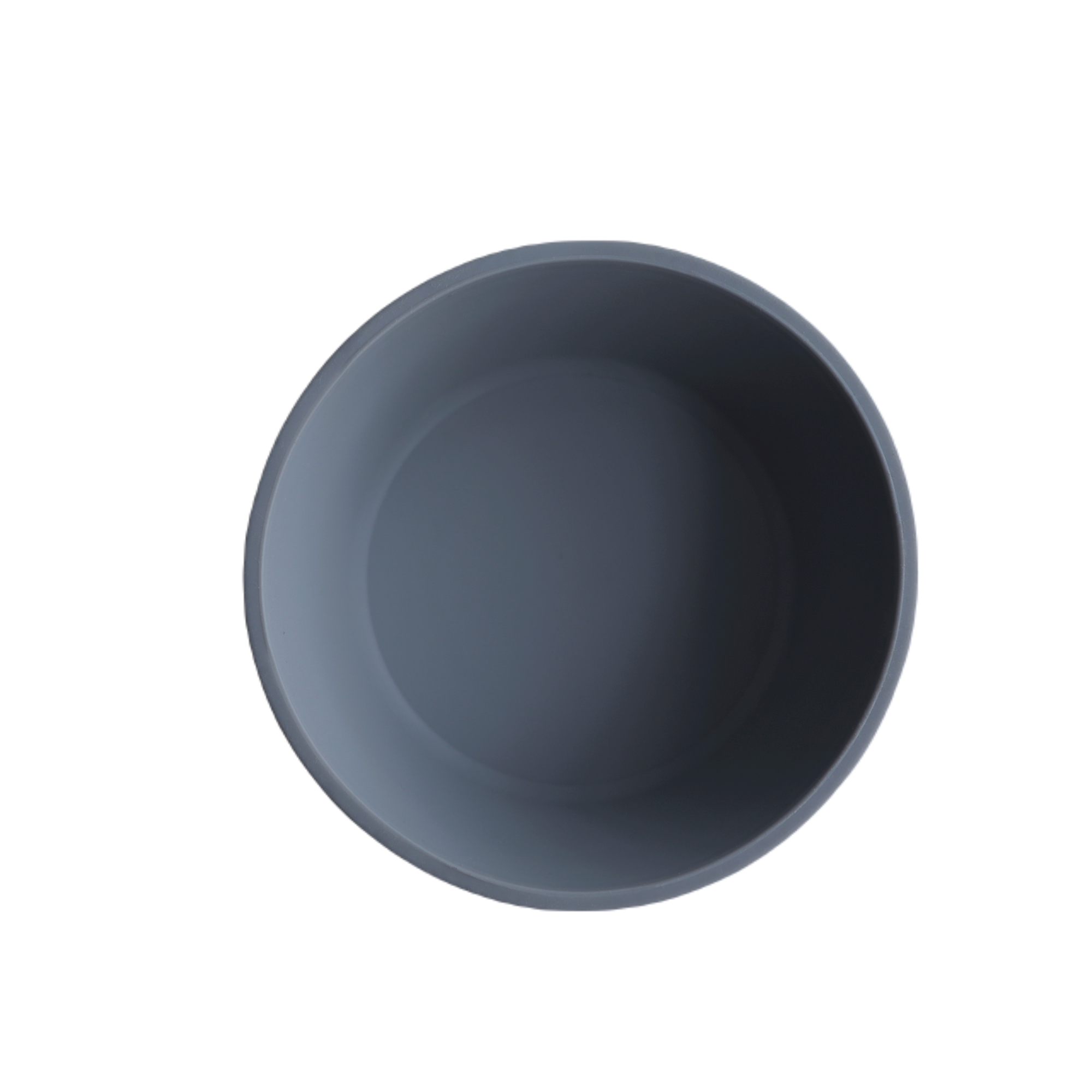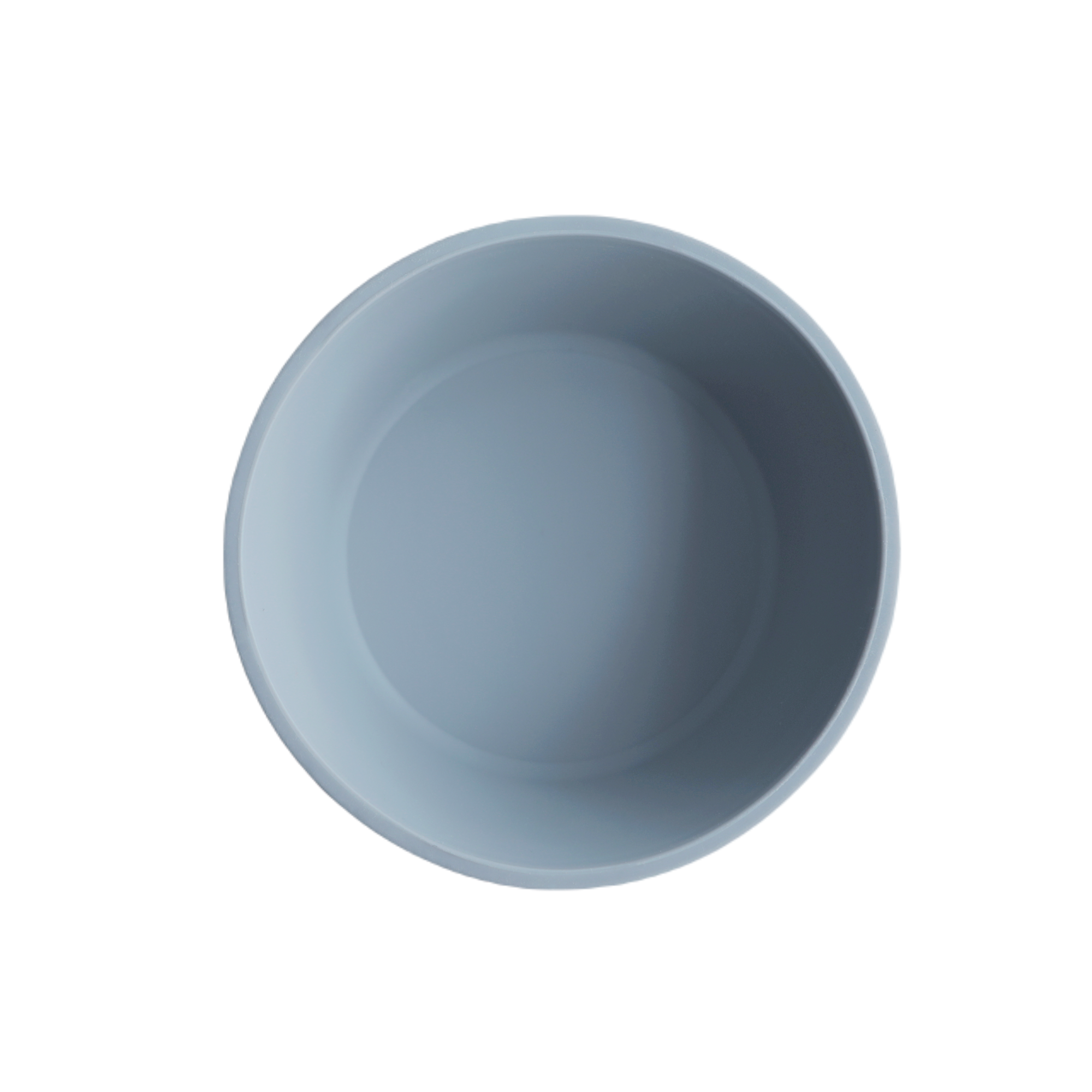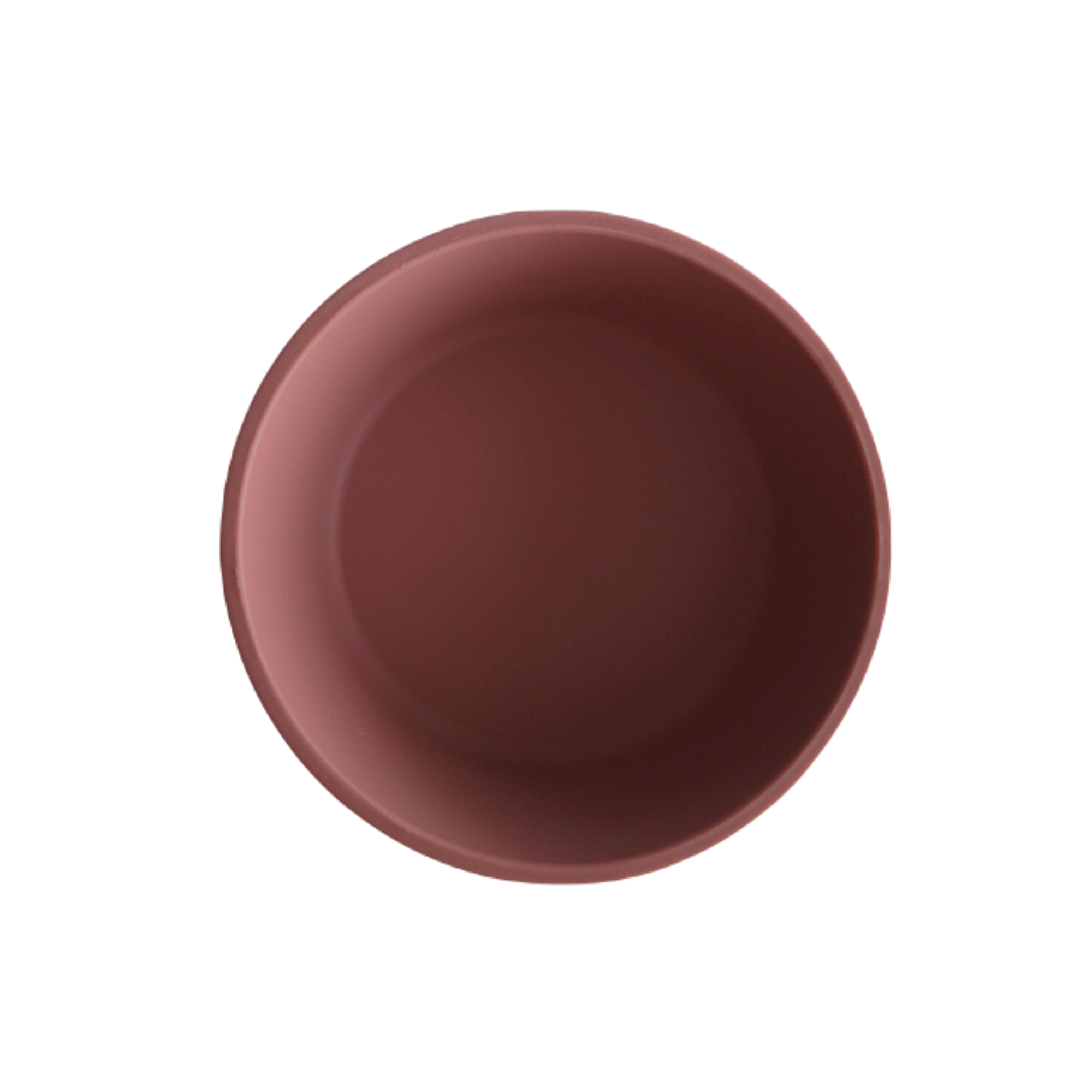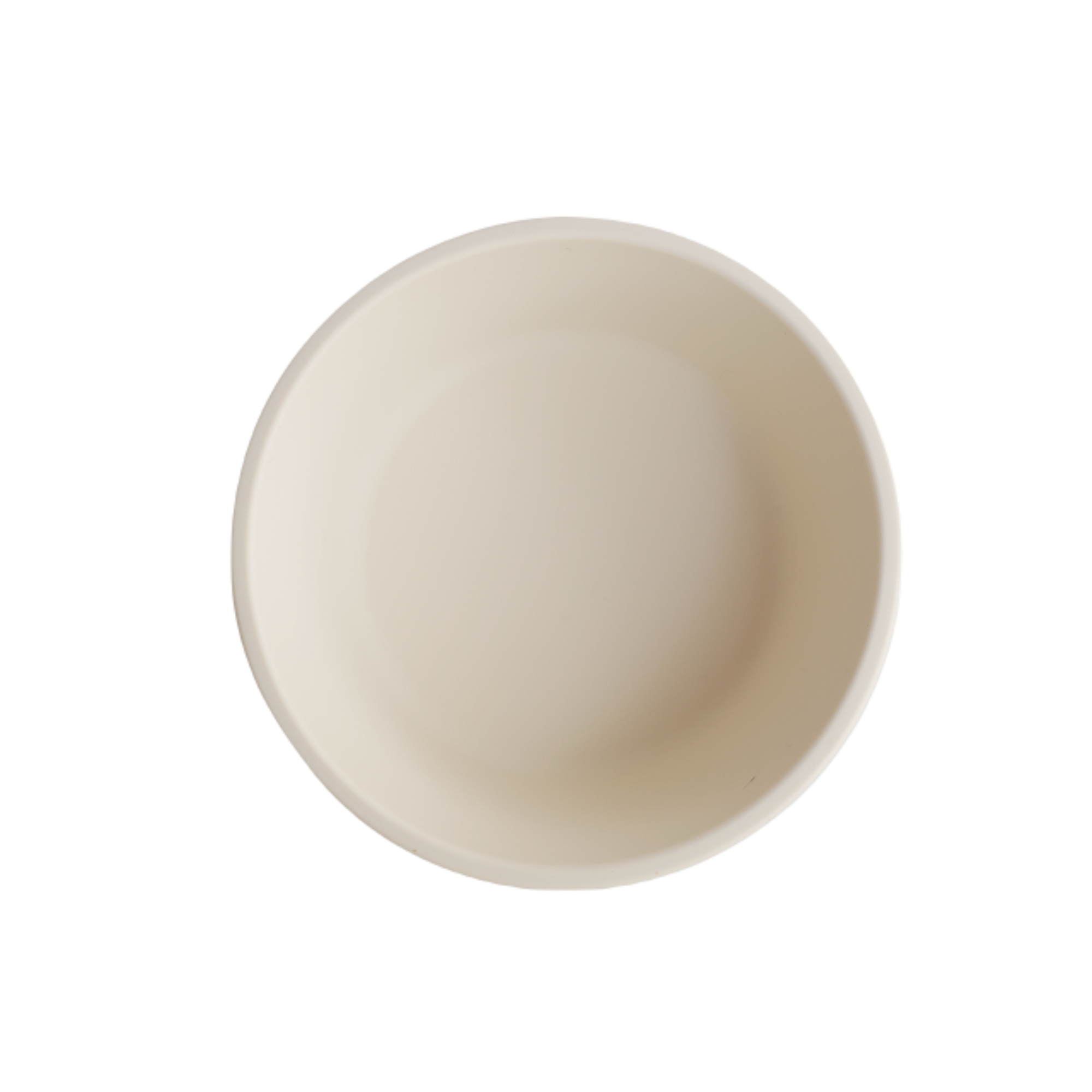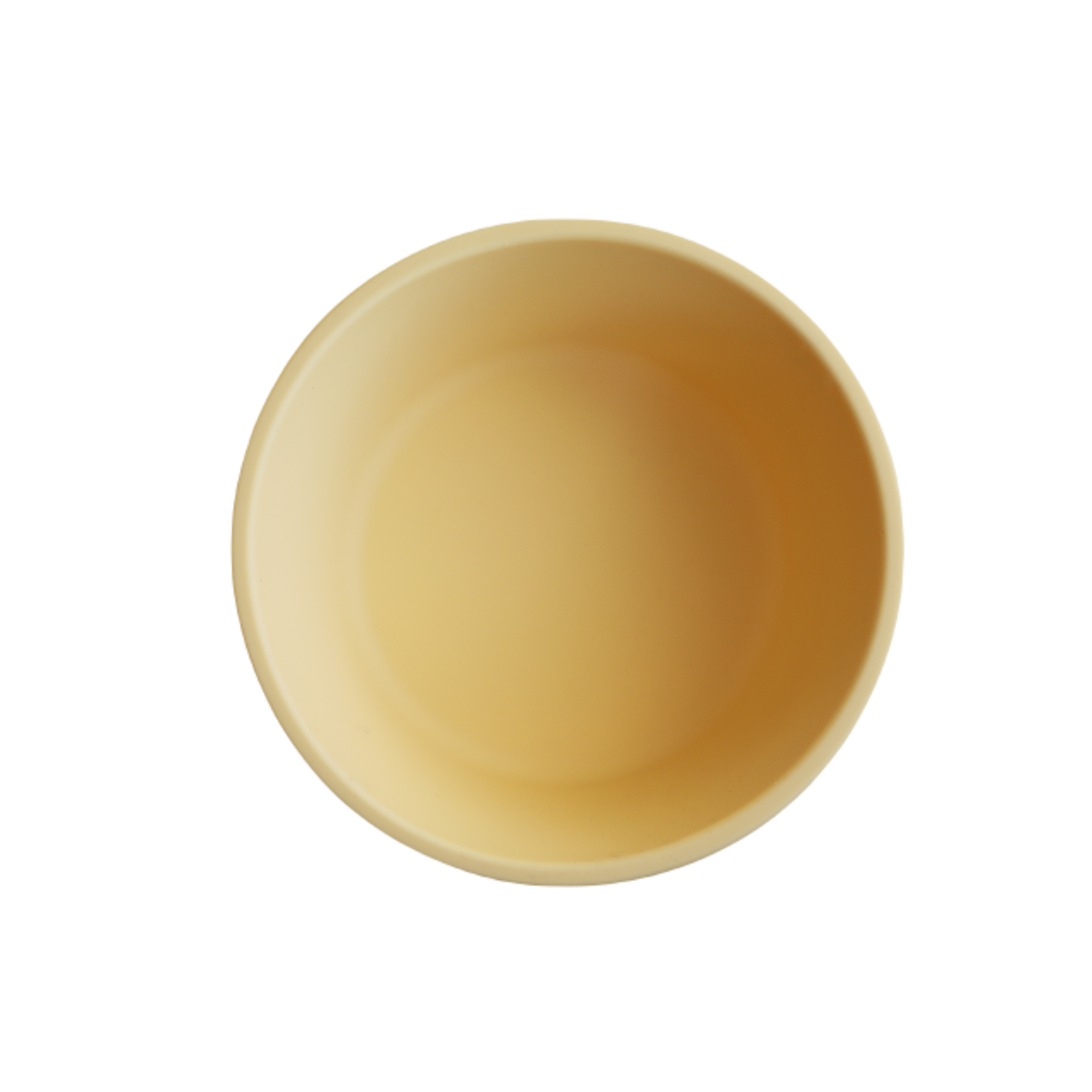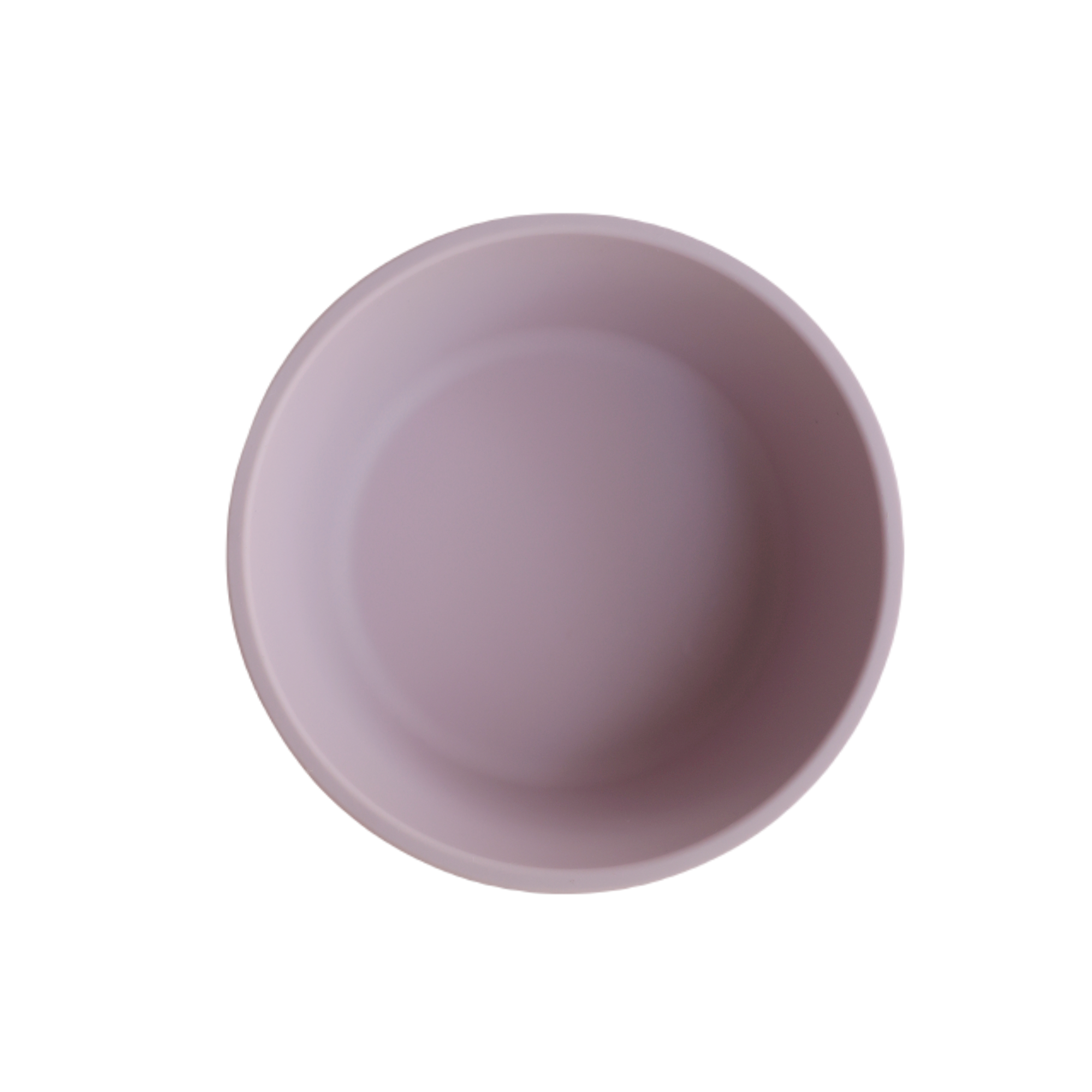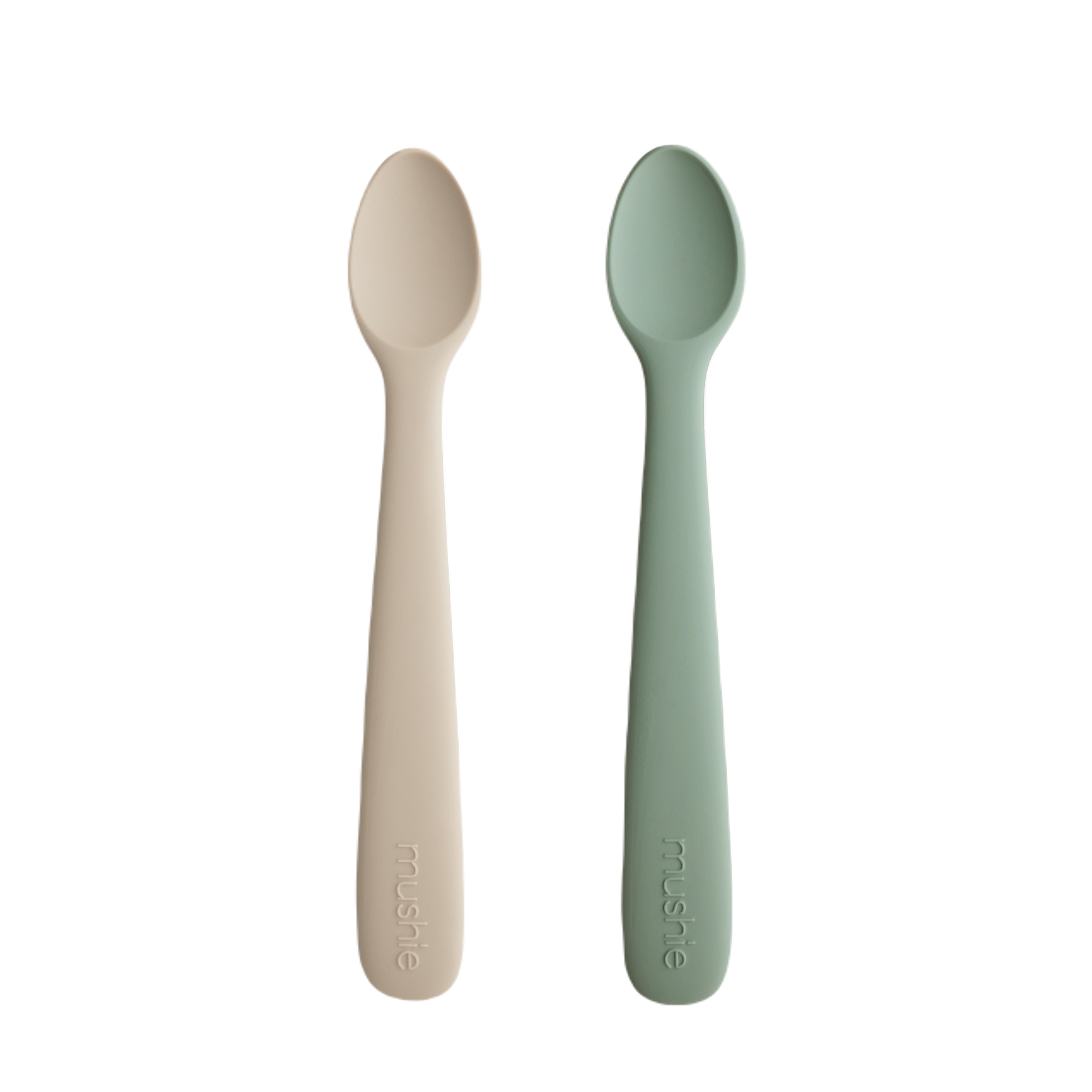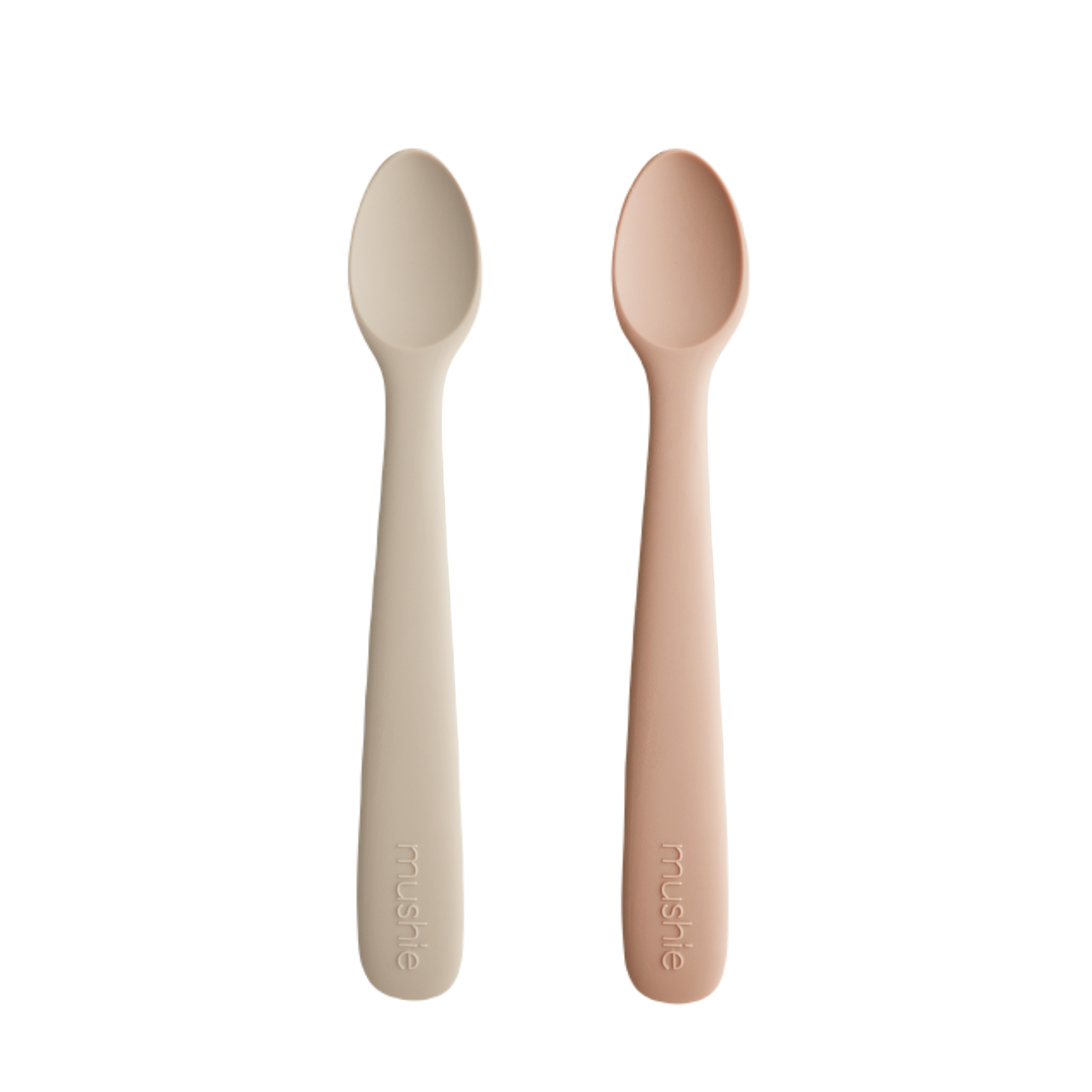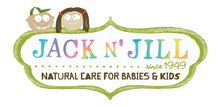Introducing complementary solid foods or baby weaning is an important and enjoyable moment in a baby's development. Here is a complete explanation so that you are confident in going through this phase safely and comfortably.
Signs That Your Baby is Ready to Start Solid Food
The American Academy of Pediatrics recommends starting solids around 6 months of age, but every baby develops differently. Look for these signs:
- Good Head and Neck Control : Baby can now sit upright with a little help.
- Tongue Thrust Reflex Lost : The baby no longer pushes food out with his tongue.
- Interest in Food : Baby shows interest in food, such as reaching for food or opening his mouth when offered.
- Stable Weight Gain : Baby's weight has at least doubled since birth.
Method of Starting Baby Weaning
1. Baby-Led Weaning (BLW)
This method allows babies to feed themselves by offering whole foods that are soft and easy to grasp.
-
Excess :
- Practice self-feeding skills and hand-eye coordination.
- Babies are free to explore textures and tastes independently.
- Reduces the risk of babies being picky eaters later in life.
-
Lack :
- More mess.
- Requires extra supervision to prevent choking.
- Not all types of food are suitable (for example hard or round foods).
2. Parent-Led Weaning (Traditional Spoon-Feeding)
This method involves giving soft purees with a spoon, which is gradually increased to a denser texture.
-
Excess :
- Parents can control the variety and speed of food introduction.
- It's easy to ensure your baby gets enough nutrition.
- Perfect for parents who are concerned about the risk of choking.
-
Lack :
- Babies may be less willing to try different textures.
- It can make babies get used to being fed, so it takes longer to learn to eat on their own.
Steps to Start baby Weaning Based on Method
Baby-Led Weaning (BLW)
-
Prepare the Dining Area
- Use sturdy dining chairs with good support. Place mats under the chairs for easy cleaning.
-
Start with Safe Food
- Offer soft food pieces such as steamed carrots, avocado slices, or small pieces of banana.
-
Accompany the Baby
- Always supervise your baby while eating. Let them hold food and eat at their own pace.
-
Introduce Variations Gradually
- Add new foods and different textures slowly. Make sure the food is easy to grasp and swallow.
-
Monitor Allergic Reactions
- Introduce one new food every 3–5 days to monitor for allergies.
Parent-Led Weaning (Spoon-Feeding)
-
Prepare Soft Puree
- Start with a one-ingredient puree, such as mashed carrots or sweet potatoes.
-
Use the Right Equipment
- Choose a soft spoon and offer food in small amounts.
-
Follow the Baby's Signs
- Watch for signs of hunger (such as opening the mouth or leaning toward the spoon) and signs of fullness (such as turning the head away or pushing the spoon away).
-
Increase Texture Gradually
- After a few weeks, switch from smooth purees to coarser or mashed foods to help your baby adapt.
-
Introducing Finger Foods
- Once your baby is comfortable, offer soft foods such as scrambled eggs or cooked pasta to practice self-feeding.
Combining Both
There is no need to choose one method exclusively. Many parents start with spoon-feeding and then introduce finger foods to combine the benefits of both methods.
Tips for a Smooth Transition
- Be Patient and Flexible : Your baby may need time to adjust. Spitting out food at first is normal.
- Make Mealtime Fun : Avoid pressure. Focus on exploring flavors and textures.
- Avoid Added Salt and Sugar : Baby's kidneys are still developing, and added sugar can create unhealthy eating habits.
- Monitor Allergies : Introduce common allergen foods (such as eggs or nuts) carefully as recommended by your doctor.
- Prioritize Iron-Rich Foods : After 6 months, babies need more iron. Add foods like ground meat, lentils, or fortified cereals.
Starting solid foods is not just about nutrition, but also a time for exploration and bonding. Trust your instincts, follow your baby's wishes, and enjoy this new journey with your little one! 💕











